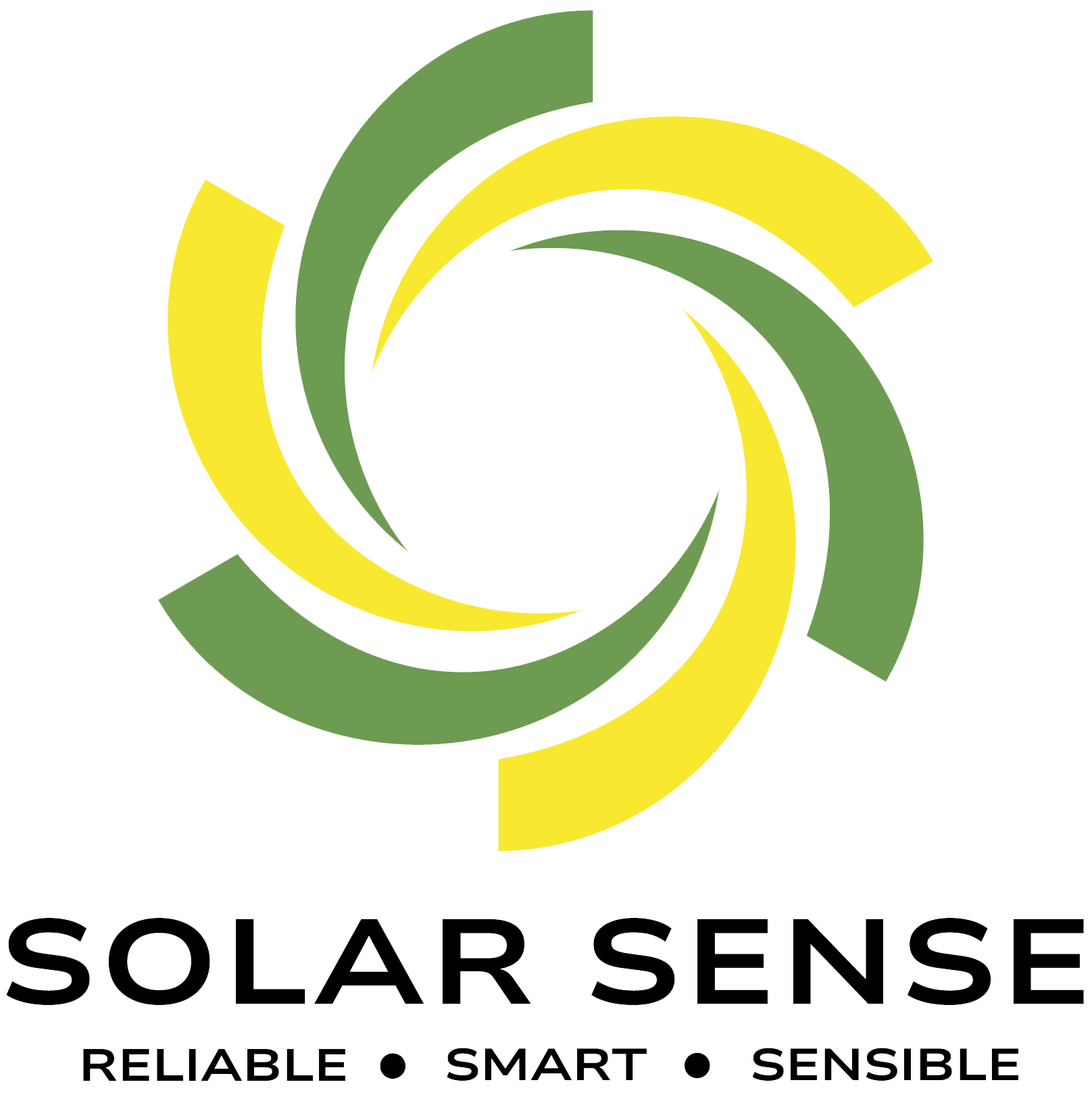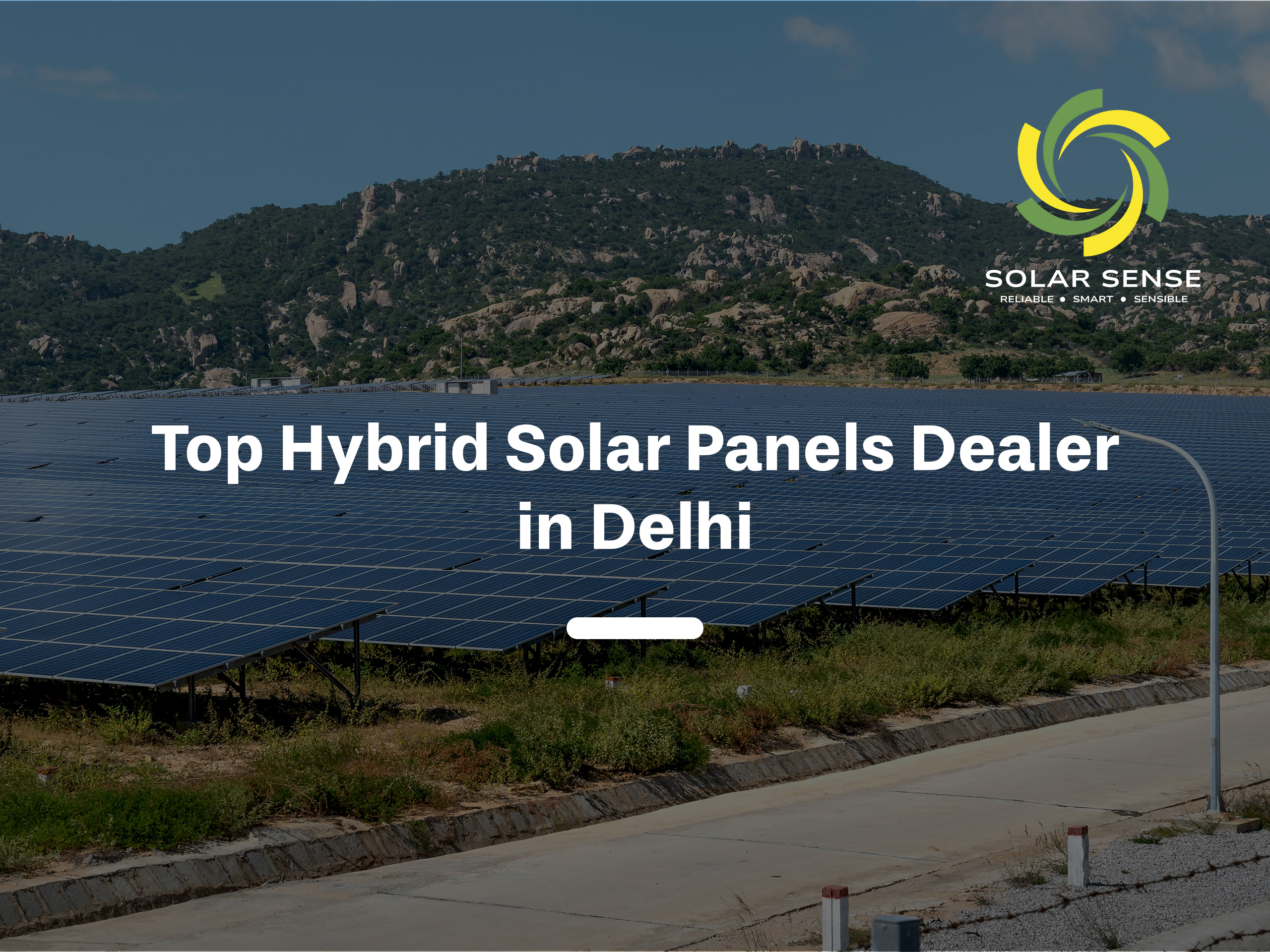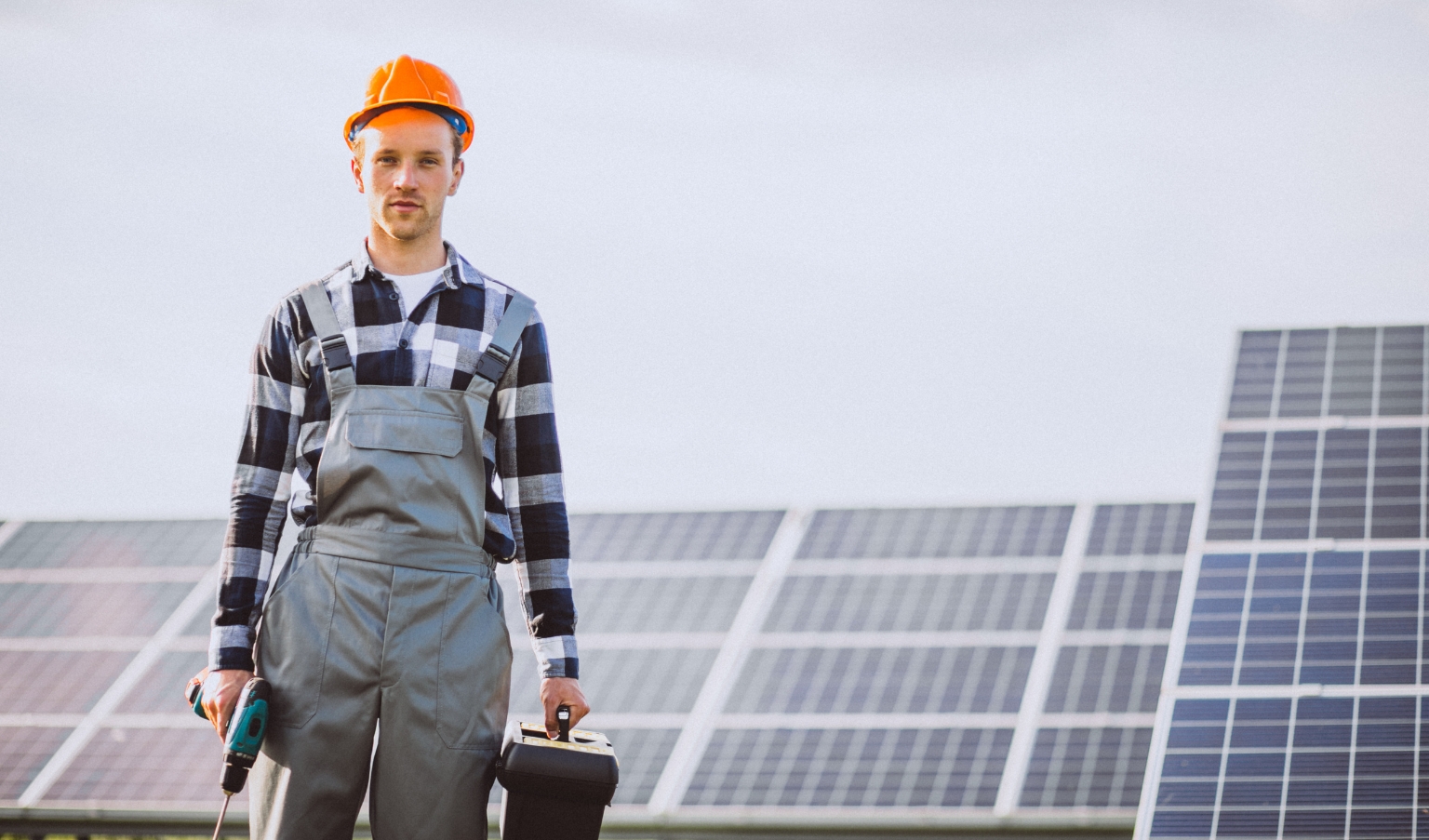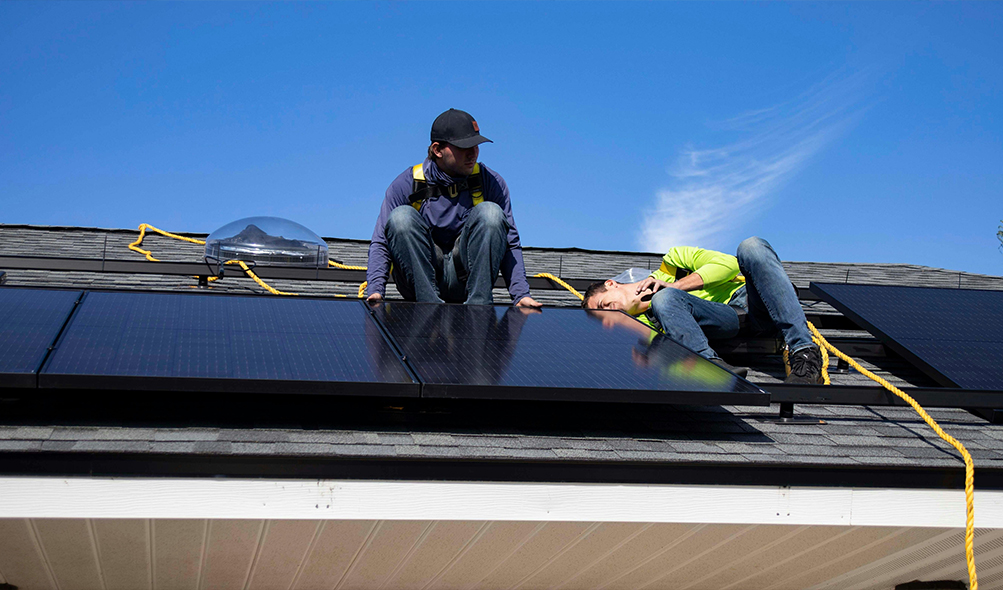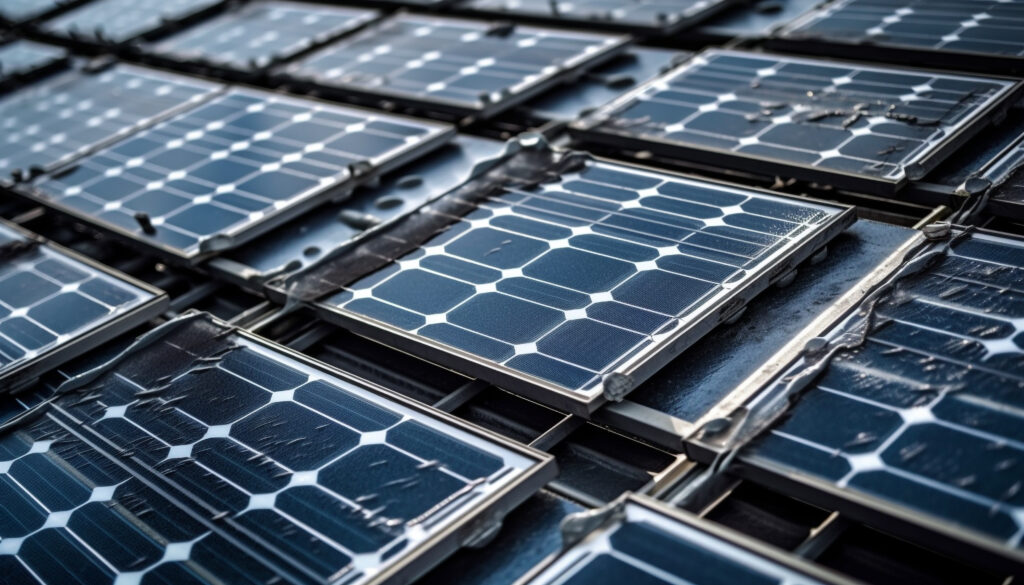Imagine having your own personal power plant that runs in the sunlight. That’s what hybrid solar panels do! They combine solar energy with other sources like the grid or batteries, giving you a reliable and eco-friendly way to power your home or business.
What are hybrid solar panels and how it differs from Tranditional Solar Panels?
Hybrid solar panels are a combination of traditional solar panels and energy storage systems. Unlike traditional panels that only generate electricity during daylight hours, hybrid systems can store excess energy in batteries for use at night or during cloudy periods. This provides a more reliable and consistent power supply, especially in areas with frequent power outages or limited grid access.know in-depth about hybrid solar systems.
Hybrid solar panels combine traditional solar panels with energy storage systems, storing excess energy in batteries for use during night or cloudy periods. This provides a reliable and consistent power supply, especially in areas with frequent power outages or limited grid access. Traditional solar panels require additional components like inverters to convert DC electricity into AC. Hybrid solar panels integrate the battery storage system directly into the panel, allowing for efficient storage without additional equipment. They often come with built-in inverters, simplifying the installation process. While both traditional and hybrid solar panels can use batteries for storage, hybrid systems offer a more efficient solution.
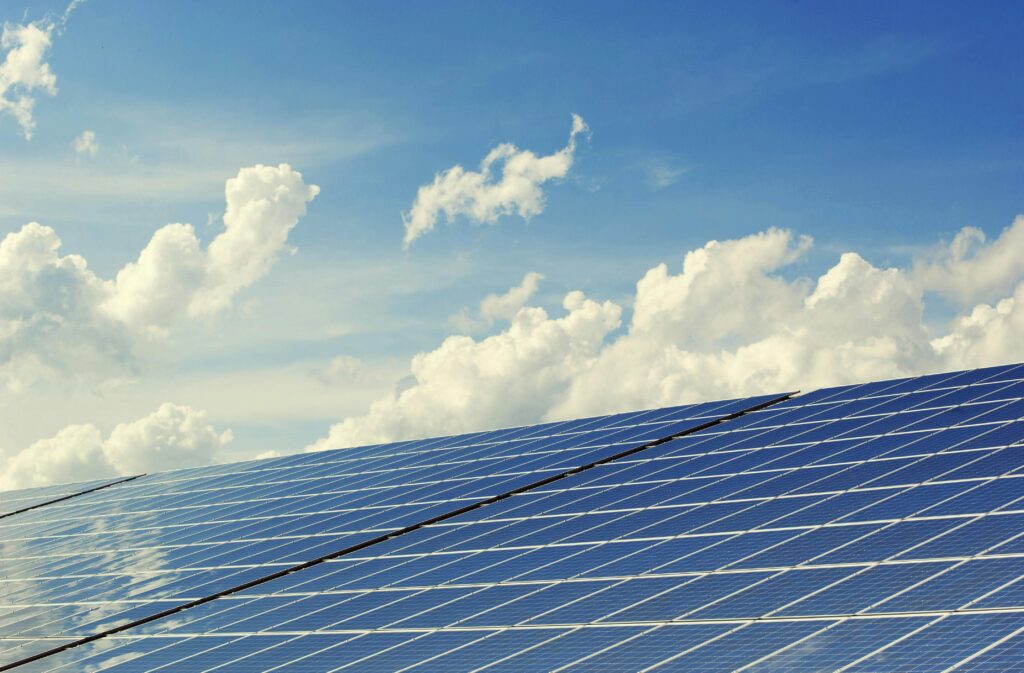
Benefits of Hybrid Solar Panels?
- Energy Independence: Reduce your reliance on the grid and have a backup power source during outages.
- Cost Savings: Lower your electricity bills over time and take advantage of potential government incentives.
- Environmental Friendliness: Choose a clean, renewable energy source and reduce your carbon footprint.
- Increased Property Value: Homes with solar panels often sell for more.
- Convenience: Enjoy easy installation and maintenance, and require minimal homeowner involvement.
- Time-of-Use Rate Optimization: Maximize energy savings by using stored solar power during peak electricity rate times.
- Remote Monitoring and Control: Track system performance and adjust settings from anywhere with an internet connection.
- Battery Backup for Essential Loads: Prioritize power to critical appliances and systems during outages.
- Grid Integration Flexibility: Choose between grid-tied, off-grid, or hybrid systems based on your needs and local regulations.
- Future Proof Investment: Stay ahead of evolving energy trends and potential future grid challenges.
Disadvantages of Hybrid Solar Panels?
While hybrid solar panels offer many advantages, there are a few potential drawbacks to consider:
- Higher Initial Cost: Hybrid systems typically have a higher upfront cost compared to traditional solar panels due to the inclusion of battery storage and additional components.
- Potential Battery Degradation: Over time, batteries can degrade and lose their capacity. While modern lithium-ion batteries are more durable, battery replacement may be necessary after several years.
- Limited Grid Interaction: In some cases, hybrid systems may have limitations in their ability to interact with the grid, such as selling excess power back to the utility company.
- Complexity: The integration of battery storage and inverters can add complexity to the system, potentially requiring more technical expertise for installation and maintenance.
- Space Requirements: Batteries can take up additional space, which may be a consideration for smaller installations or limited rooftop areas.
Why Choose Hybrid Solar Panel System?
Hybrid solar panels offer a compelling combination of benefits that make them a popular choice for many homeowners and businesses. Here’s a breakdown of why you might consider choosing a hybrid system:
- Reduce your reliance on the grid and have a backup power source during outages.
- Lower your electricity bills over time and take advantage of government incentives.
- Choose a clean, renewable energy source and reduce your carbon footprint.
- Enjoy easy installation and maintenance, and require minimal homeowner involvement.
- Maximize energy savings by using stored solar power during peak electricity rate times.
- Track system performance and adjust settings from anywhere with an internet connection.
- Prioritize power to critical appliances and systems during outages.
- Choose between grid-tied, off-grid, or hybrid systems based on your needs and local regulations.
Key Considerations for Choosing the Best Solar Panel Dealers in Delhi?
When selecting a solar panel dealer in Delhi, it’s crucial to consider the following factors:
- Experience and Expertise: Looking for dealers with a proven track record in the solar industry and a team of experienced professionals who can provide expert advice and guidance.
- Certifications and Accreditation: Verify if the dealer is certified by reputable organizations, such as the Ministry of New and Renewable Energy (MNRE), and check for any additional certifications or accreditations that demonstrate their commitment to quality and professionalism.
- Product Range and Quality: Ensure the dealer offers a wide range of solar panel options to suit your specific needs and budget, and inquire about the quality and brands of solar panels they provide, such as Waaree, Adani, and Havells.
- Customer Reviews and Testimonials: Read reviews and testimonials from previous customers to get insights into the dealer’s reputation and customer satisfaction. Look for feedback on aspects like installation quality, after-sales service, and overall customer experience.
- Installation and Maintenance Services: Assess the dealer’s capabilities in terms of installation and maintenance services. Inquire about their installation process, timelines, and any warranties or guarantees they offer.
- Financing Options: Explore the financing options available through the dealer, such as loans, subsidies, or government incentives. Compare interest rates, terms, and conditions to find the most suitable financing plan.
- After-Sales Service and Support: Ensure the dealer provides comprehensive after-sales service and support. Ask about their response time for queries, maintenance services, and any warranty claims.
- Local Presence: Consider choosing a dealer with a strong local presence in Delhi to provide easier access to support and services.
- Permitting and Regulatory Compliance: Verify if the dealer is familiar with local regulations and can assist with the necessary permits and approvals for your solar panel installation.
Why choose choose solarsene for hybrid solar panels?
As a leading solar panel dealer in Delhi, Solarsense offers a wide range of high-quality hybrid solar panel options, backed by experienced installation teams and comprehensive after-sales support. Their local expertise and strong presence in Delhi can provide easier access to services and ensure compliance with local regulations. However, to make an informed decision, it’s recommended to research SolarSense, compare quotes from multiple dealers, and ask specific questions about their experience with hybrid solar installations, financing options, and additional services.
Contact Us!
By installing solar panels, you’re not only making an investment in your home but also contributing to a more sustainable future.
- Phone: +91-8130025257
- Email: info@solarsense.in
- Solar Sense
- 13 Main GT Road, Azadpur, Delhi-110033
